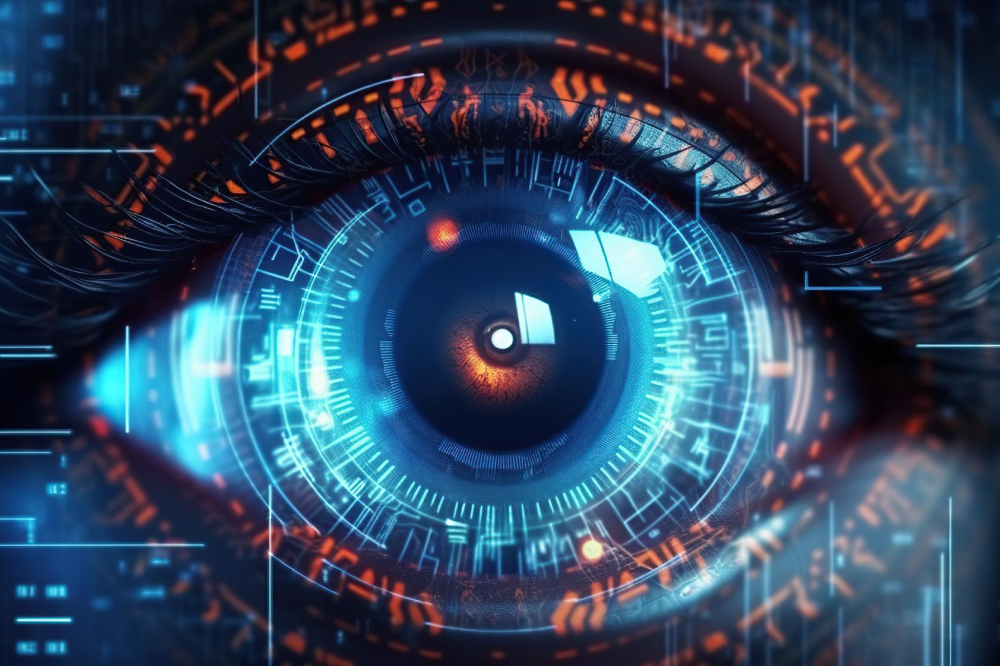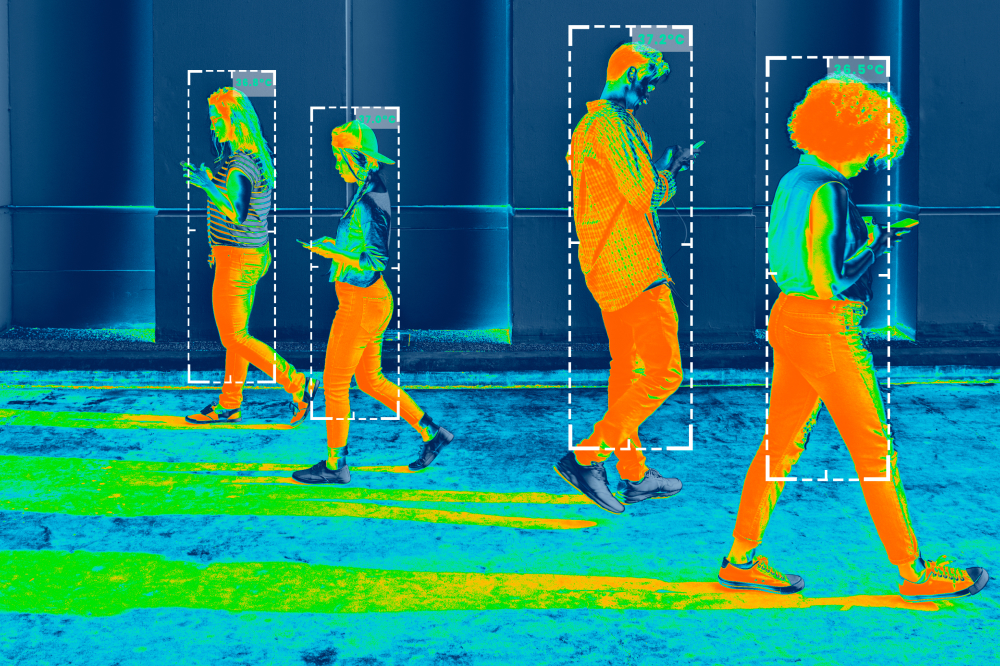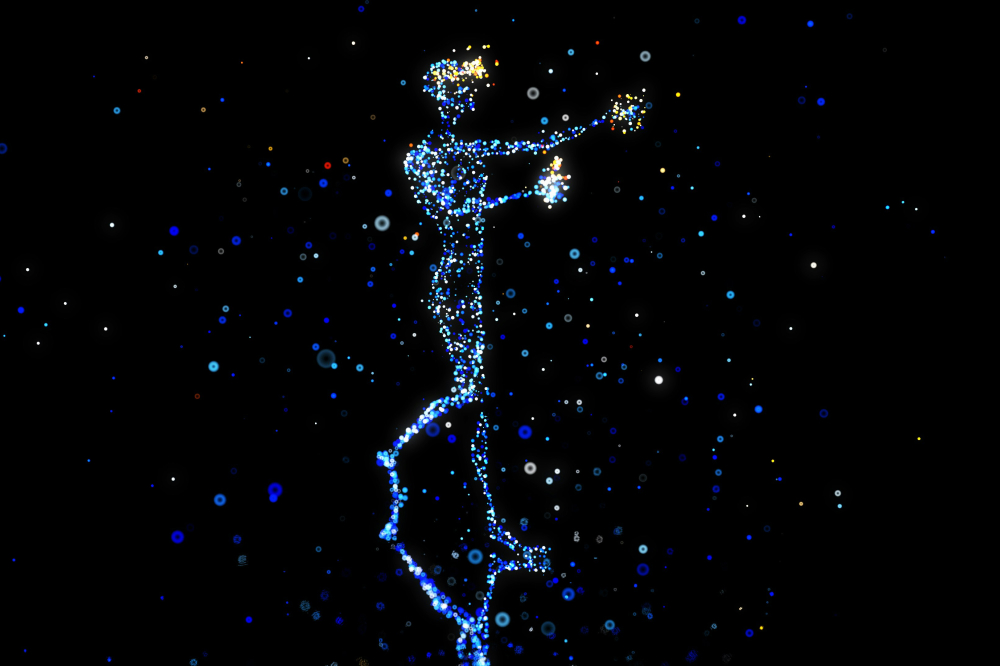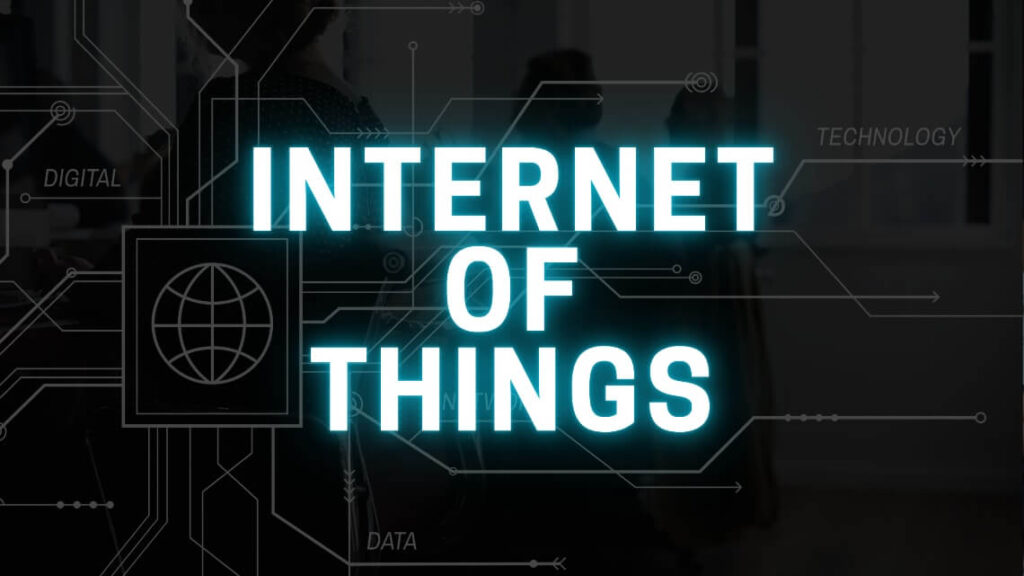Brief History of Computer Vision
Computer vision, a field at the intersection of computer science and artificial intelligence, aims to enable machines to interpret and understand the visual world. Though the concept may seem modern, its origins trace back to the 1960s, when pioneers in technology began to dream about and work towards enabling machines to “see.” The journey from the early days of simple pattern recognition to the advanced deep learning models in use today is a tale of the relentless pursuit of mimicking human vision. The evolution of computer vision spans from initial algorithms focused on basic forms and patterns to today’s sophisticated systems capable of recognizing faces, reading handwritten texts, and navigating the complexities of dynamic environments.

How Does Computer Vision Work?
Deep Learning
At the core of the modern computer vision revolution is deep learning, a subset of machine learning. Deep learning algorithms, inspired by the human brain’s structure and function, utilize artificial neural networks to process and interpret vast amounts of image data. These algorithms learn to recognize patterns and features from the data they are fed, improving over time.
Convolutional Neural Networks (CNNs)
CNNs are a class of deep neural networks that are particularly powerful in processing pixel data, making them ideal for image and video recognition tasks. By applying various filters to an input image, CNNs can identify unique features and patterns, enabling precise image classification.
Recurrent Neural Networks (RNNs)
While CNNs excel in analyzing static images, RNNs are more suited for sequential data, making them useful in applications where context or the sequence of elements matter, such as video motion analysis or optical character recognition.

Why is Computer Vision Important?
Computer vision technology represents a significant leap towards creating systems that mimic human sensory capabilities. Its importance lies in its vast range of applications, from enhancing security through facial recognition systems to revolutionizing healthcare with improved diagnostic techniques. Computer vision facilitates the automation of tasks that require visual cognition, thereby increasing efficiency, accuracy, and scalability across various industries.
Computer Vision in Today’s World
The application of computer vision has become ubiquitous in today’s technological landscape. From smartphones that unlock with a glance to social media apps that filter and modify users’ faces in real-time, computer vision impacts our daily lives extensively. In retail, computer vision systems streamline inventory management and enhance customer experiences through personalized recommendations. Meanwhile, in the field of autonomous vehicles, computer vision algorithms enable cars to understand and navigate their environments safely.
How Long Does it Take to Decipher an Image?
The time it takes for a computer vision system to decipher an image can vary significantly depending on the complexity of the image, the task at hand, and the processing power of the system. Simple object detection tasks can take milliseconds, whereas more complex image analysis, such as 3D scene reconstruction, may require several seconds or more.

Who’s Using – Examples of Computer Vision?
Medical Imaging
In healthcare, computer vision empowers medical practitioners by enhancing diagnostic accuracy through advanced imaging techniques like MRI and CT scans analysis.
Augmented Reality
Augmented reality (AR) applications leverage computer vision to superimpose digital information onto the real world, enhancing users’ perception of their surroundings.
Intelligent Video Analytics
Surveillance and security systems use computer vision to detect suspicious activities, track objects, and recognize individuals in real-time.
Self-driving Cars
Autonomous vehicles rely on computer vision for obstacle detection, traffic sign recognition, and navigation, ensuring safe and efficient travel.
Manufacturing and Construction
In these industries, computer vision optimizes quality control processes, enhances safety protocols, and streamlines design and planning stages through accurate visual data analysis.
Computer Vision vs. Human Vision
Although significant progress has been made in computer vision technology, there remains a gap between machine and human vision capabilities. Unlike computers, humans can effortlessly interpret complex scenes and understand subtle visual cues within a fraction of a second. Human vision is inherently intuitive, enabling us to recognize faces, discern emotions, and navigate our environments with remarkable accuracy. However, advancements in AI and machine learning continue to narrow this gap, with computer vision systems achieving increasing levels of sophistication and reliability.
9 Common Computer Vision Tasks
- Video Motion Analysis: Tracking movement across frames to understand behaviors and patterns.
- Feature Matching: Identifying similar features in different images for applications like image stitching.
- Scene Reconstruction: Building a 3D model of a scene from 2D images.
- Edge Detection: Identifying the boundaries of objects within an image.
- Image Restoration: Enhancing the quality of images by removing noise and correcting distortions.
- Face and Person Recognition: Identifying individuals based on facial features.
- Object Detection: Locating and identifying objects within an image.
- Image Classification: Assigning a label to an image based on its content.
- Image Segmentation: Partitioning an image into multiple segments or objects.

Future of Computer Vision
The future of computer vision is incredibly promising, with ongoing advancements expected to further bridge the gap between human and machine vision. Emerging technologies and methodologies, such as generative adversarial networks (GANs) and reinforcement learning, will likely unlock new capabilities, making computer vision systems more intelligent, versatile, and capable of handling complex visual tasks with near-human efficiency.
FAQ
Is Computer Vision an AI?
Yes, computer vision is a branch of artificial intelligence focused on enabling machines to interpret and understand visual data from the world around them.
Is Computer Vision Easy to Learn?
Computer vision is a multifaceted field that integrates concepts from AI, machine learning, and image processing. While beginners can grasp the basics, mastering the field requires dedication, practice, and an understanding of advanced mathematical and programming concepts.
Is Computer Vision Math Hard?
Computer vision involves complex mathematical concepts, including linear algebra, calculus, and probability. A foundational understanding of these areas is necessary to develop and implement computer vision algorithms effectively.
What are Types of Computer Vision?
Computer vision encompasses various tasks such as image classification, object detection, image segmentation, and facial recognition, each requiring different algorithms and techniques.
What Does Computer Vision Look Like?
Computer vision algorithms process binary digital image data to interpret and analyze visual content. The output can vary from identifying objects within an image to reconstructing 3D environments based on 2D inputs.
Computer vision at AJProTech harnesses these technologies and methodologies to create cutting-edge solutions tailored to diverse industry needs, demonstrating our commitment to innovation and excellence in the field of AI and computer vision.



